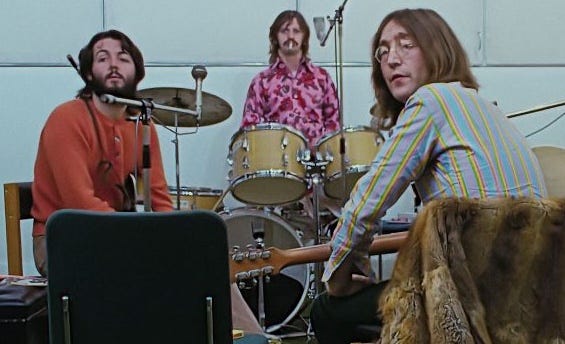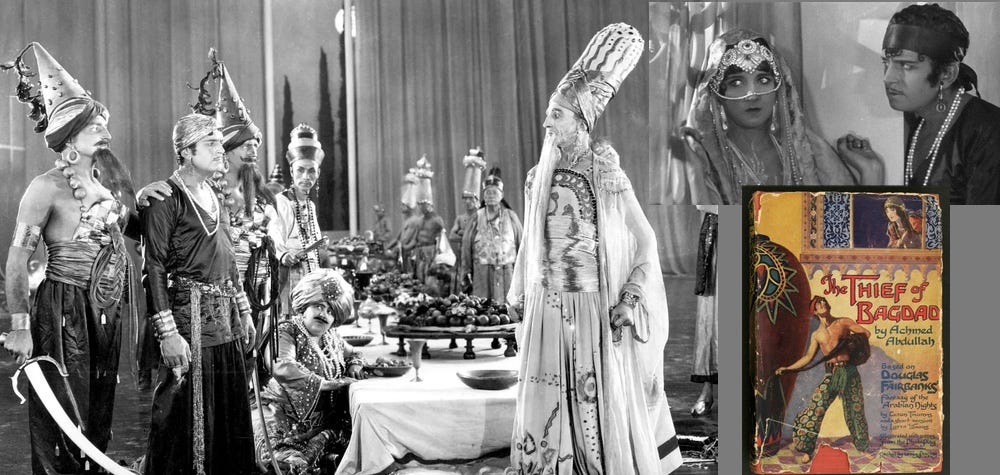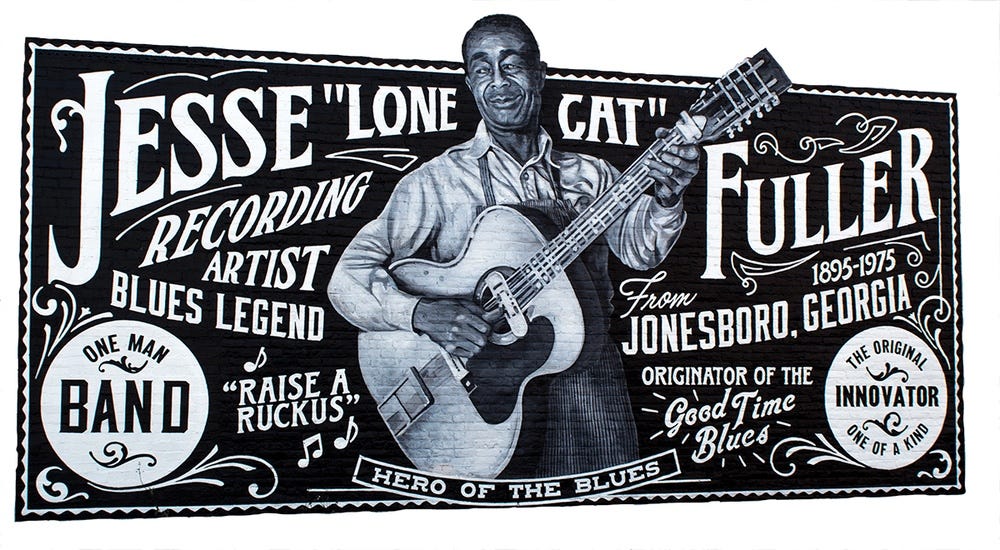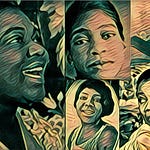Almost 70 years ago this year, a street musician named Jesse “Lone Cat” Fuller recorded his new song, “San Francisco Bay Blues,” for the World Song label.
Nowadays that particular 1954 recording is a collector’s item, but the world really didn’t start knowing this rocking number until 1962 when Fuller recorded a one-man band rendition, which appeared on a Smithsonian Folkways compilation called “Friends of Old Time Music.” After that… well, everybody seemed to know it.
Folk singer Ramblin’ Jack Elliott was perhaps the first to embrace it and perform it around the clubs and the studios. With that, it entered the canon of many a trouper, from Tom Rush to Richie Havens to Peter, Paul and Mary.
Since then, the song has had an extraordinary number of covers, by Bob Dylan and Jim Kweskin, by Jim Croce and The Weavers, by Hot Tuna and Janis Joplin.
Even The Beatles, minus George Harrison, performed a version of ‘San Francisco Bay Blues’ during the Get Back/Let it Be sessions on Jan. 14, 1969. And John Lennon recorded an unreleased version of the song during the Imagine sessions in May 1971, while McCartney performed ‘San Francisco Bay Blues’ often during his solo concerts in San Francisco. It was played more frequently still at his soundchecks around the world.
Eric Clapton performed the song on MTV Unplugged in 1992 during the taping in England. The live album earned six Grammy Awards, including Album of the Year.
Lone Cat’s Backstory
In the decades before “San Francisco Bay Blues” made its mark, Jesse Fuller rambled along quite a winding path. Born Jonesboro, Ga., in 1896, he grew up with foster parents and did numerous jobs: grazing cows for 10 cents a day; toiling in a barrel factory, a broom factory and a rock quarry; working on a railroad and for a streetcar company; shining shoes; even peddling hand-carved wooden snakes at one point.
As a young man, the 1920s found him living in southern California, where he operated a hot-dog stand. It was in those heady Roarin’ Twenties days that he was befriended by silent film legend Douglas Fairbanks, who helped him work briefly as an extra in The Thief of Bagland (1924) and East of Suez (1925).
Come the Depression, Fuller moved north to Oakland, across the bay from San Francisco, where he worked for the Southern Pacific Railroad as a fireman, spike driver and maintenance-of-way worker.
Around the early 1950s, Fuller began making a living as a street musician, working solo as “The Lone Cat” and busking for money. Starting locally, in clubs and bars in San Francisco and across the bay in Oakland and Berkeley, Fuller became more widely known when he performed on television in both the Bay Area and in Los Angeles.
And then came That Song.
Our Take on the Tune
Honestly, we don’t remember when we started doing this one. Twenty years ago, “San Francisco Bay Blues” was the rollicking final track on our first album, but it was already an old number with us.
And lately it’s back in the repertoire with lively solos by the whole crew.




















Share this post